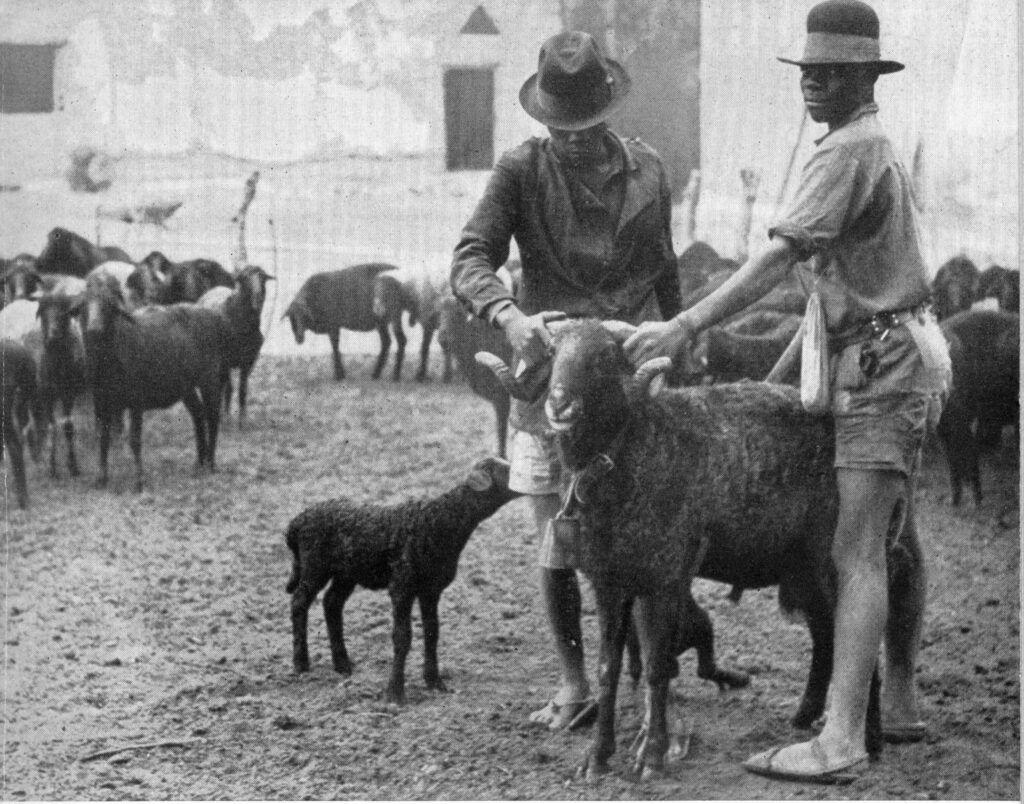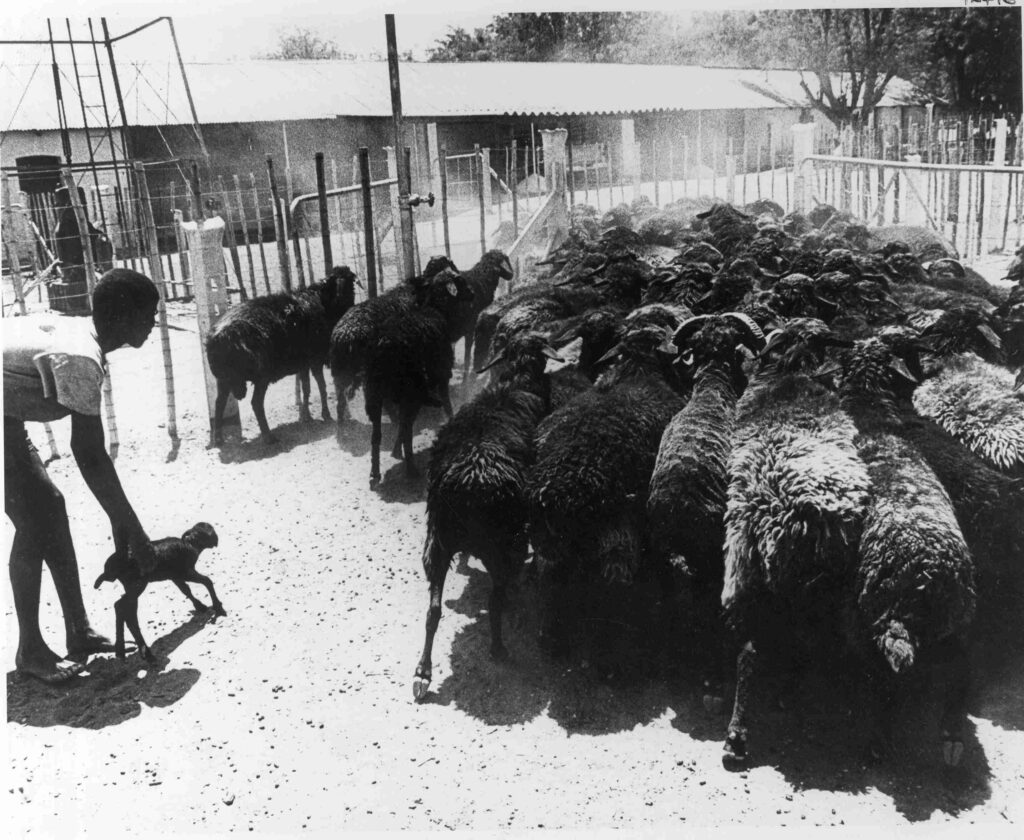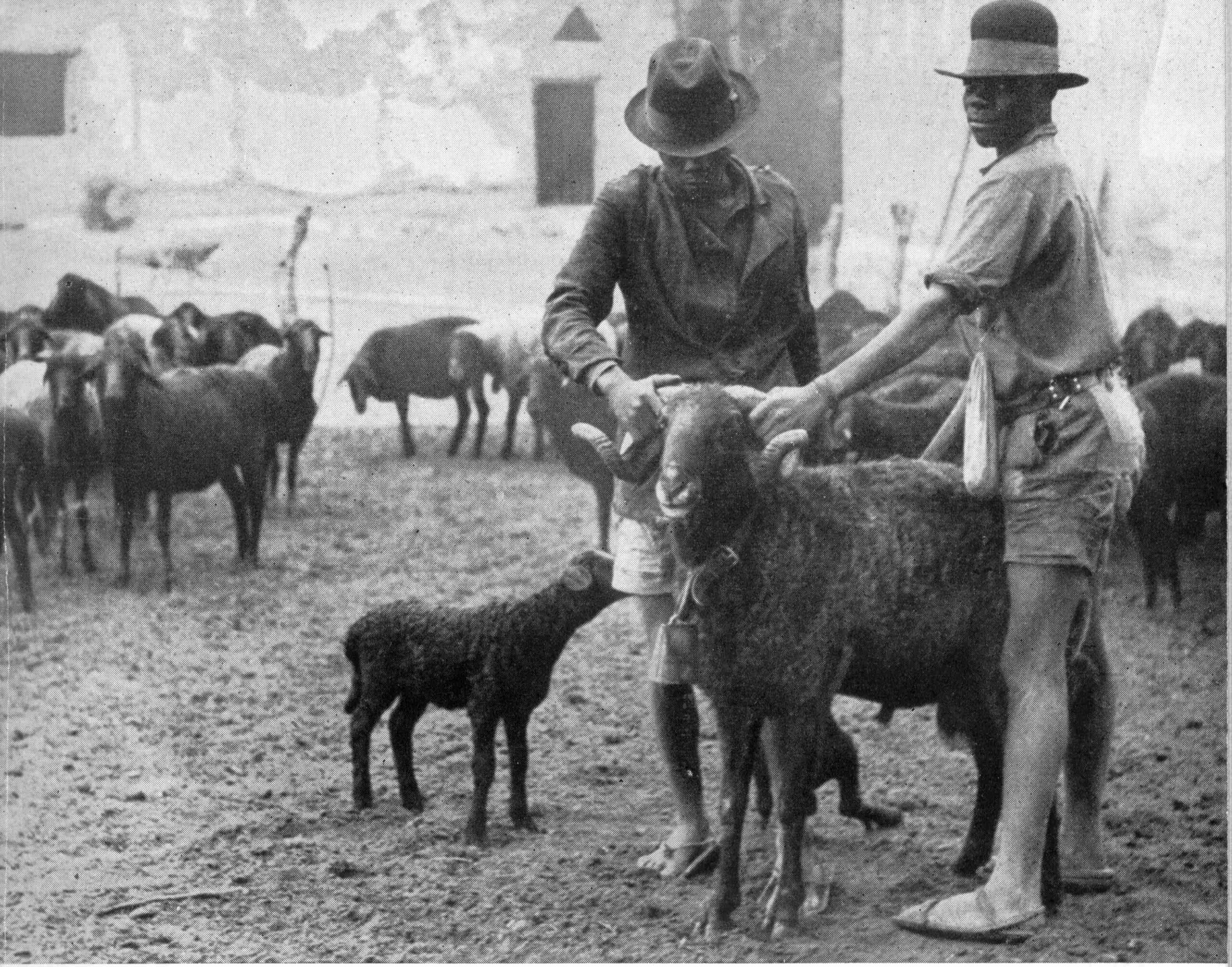By: Bernard C. Moore (Michigan State University)
Originally Published 27 May 2016 [LINK TO ORIGINAL]
I was sifting through files in the National Archives of Namibia last year working on my M.A. Thesis on economic and labour history in Southern Namibia. Throughout these long days, one inevitably finds archival files and boxes which, unopened, seem useless for the specific project one is working on. But when explored further, really interesting insights come forth. This is one of those cases.
Taxes and Labour
I was trying to understand the relationship between taxes and labour recruitment during the early years of South African colonialism in Namibia. In these years, seemingly strange taxes and fees were implemented and enforced: the Wheel Tax, the Dog Tax, Dipping Fees, etc. When one compares the revenue gained to the large financial costs of enforcement, it becomes evident that there were other motives to these taxes than just supplementing the state budget. Enforcing the dog tax in rural areas required huge amounts of ammunition, petrol, horses, metal for badges, not to mention the salaries of overworked police and bureaucrats. It is difficult to do a formal cost analysis because of the often incomplete data, but it’s clear that many taxes were a net loss for the colonial state. Why implement and enforce them then? In order to explain further, let’s get some context.
Dr. Wolfgang Werner, Associate Professor at N.U.S.T., wrote in his 1998 book ‘No One Will Become Rich’: Economy and Society in the Herero Reserves in Namibia, that the early years of South African colonialism were a time of ‘self-peasantisation’. This means that black Namibians were deliberately trying to remove themselves from wage labour to pursue an independent existence. Mobility and land access was facilitated by the internment of many German farmers and the removal of German police; it took time for the South Africans to move in. One of these strategies Dr. Werner briefly explored in his dissertation was stock theft. This intrigued me, so I looked deeper.
Stock Theft in Keetmanshoop

I found an interesting file in the National Archives describing a controversial case of stock theft near Keetmanshoop. Mr. R.J. Van Wyk migrated to German SWA from the Orange Free State around 1907 with Sara Bloom, a South African woman, and her two children from a previous marriage: Christian and Susanna. They arrived in Keetmanshoop district and began raising sheep.
In September, 1915, Van Wyk wrote to the Administration in Windhoek reporting stock theft and his subsequent inability to find any black Namibians who would work for him. When the war broke out, Van Wyk left Keetmanshoop district for Prieska in South Africa for ‘business reasons’. He left behind 3000-4000 sheep under the supervision of his stepson Christian. When he returned a year later, he found only 963 sheep remaining. Out of confusion, he searched nearby farms and black locations, noting a significant increase in the numbers of black-owned sheep. In addition, all of the sheep he found in the locations had the ears ‘mangled’ – cut off low at the base of the ear, removing any ID tags Van Wyk would have used. He had no other identification for these sheep, so the administration responded to his letter saying that he cannot prove they were stolen.
When the Magistrate interviewed Christian about the matter, he found it was far more complex than a case of spur-of-the-moment stock theft. Christian, Susanna, the workers and servants were regularly beaten by Van Wyk with sjamboks. Christian claims that he was once hit by Van Wyk with a brick and knocked unconscious. Also, Van Wyk was never actually married to Christian’s mother. After her death in 1911, Van Wyk began forcing himself upon Susanna, Christian’s sister, aged sixteen, and he fathered a child with her. The actual reason for Van Wyk leaving to Prieska was to avoid being prosecuted for indecency: fathering a child with Susanna and falsely stating that she was his wife. He fled just before the arrest was to be made.

These testimonies can teach us a lot about stock theft during this period. Christian admits that a few hundred stock were sold to pay for workers’ wages, food, and clothing after Van Wyk fled to Prieska. He also notes that there was near universal hatred for Van Wyk. It becomes clear that the sheep were taken in a planned manner with forethought, perhaps with the assistance of Van Wyk’s ‘stepson’ Christian Bloom. Regardless of the new owner of the sheep, all had cut the ears to reduce identification purposes.
A Political Statement
So what does this have to do with taxes? In these early years of South African rule, taxes became an important way to coerce black Namibians to work on white-owned farms; many taxes were not about state revenue. As Dr. Werner pointed out, many black Namibians were distancing themselves from wage labour. Stock theft was a way to gain self-sufficiency; stealing enough sheep so you could qualify for a ‘labour exemption certificate’ was a crucial way to avoid becoming dependent on abusive white employers like Van Wyk (exemption was granted to Namibians with more than ten cattle or fifty small-stock). Taxes served as a way to make independent existence more difficult and cut into the gains black Namibians made after the Germans were defeated.
To conclude, was all stock theft like this? No. Many stock were stolen on a one-off basis; someone wanted a sheep, so he took it. What the R.J. Van Wyk case shows us, though, is that stealing sheep during this time was more than just a ‘criminal’ activity; it was a political statement: a desire for economic and social autonomy from the white colonial state. And it had the support of many people; one person could not have stolen over 3000 sheep from Van Wyk.
-N.B.: Names have been changed to protect anonymity. For those interested in learning more, consult National Archives of Namibia, ADM box 2, file A.13/15.
